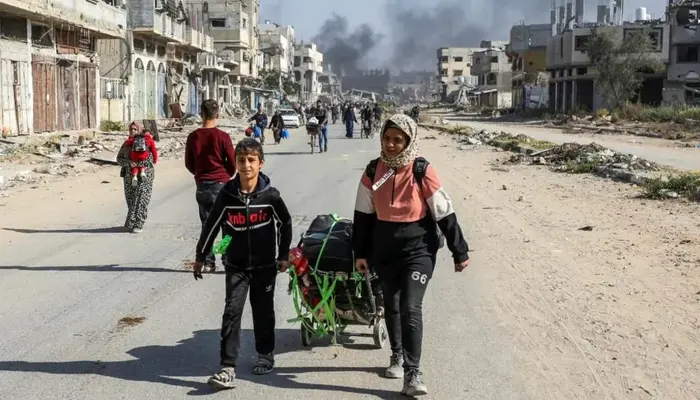A potential ceasefire deal between Israel and Hamas could mark a major turning point in the ongoing Gaza conflict. The agreement, which reportedly includes the release of hostages and prisoners, offers a glimmer of hope after 15 months of intense fighting. The keyword “Gaza ceasefire deal” underscores the significance of this potential breakthrough.
Key Details of the Ceasefire Deal
The ceasefire aims to pause the war in Gaza while implementing its terms. It includes a significant exchange: Hamas would release Israeli hostages, while Israel would free Palestinian prisoners. Hamas initially captured 251 hostages during its October 2023 attack, though Israel estimates only 60 remain alive. Israel plans to release around 1,000 Palestinian prisoners, including some detained for years.
How the Ceasefire Would Unfold
The ceasefire is expected to proceed in three stages:
Stage One: Initial Hostage Exchange and Humanitarian Aid
This release would occur over six weeks, beginning with three hostages immediately. In exchange, Israel would free Palestinian prisoners.
Israeli troops would begin withdrawing from populated areas in Gaza, and displaced residents in the south could start returning north. Additionally, humanitarian aid deliveries to Gaza would significantly increase, with hundreds of trucks entering daily.
Stage Two: Further Releases and Troop Withdrawal
The second stage involves the release of remaining male hostages, including soldiers and civilians. Israel would reciprocate by freeing more Palestinian prisoners. Of the 1,000 prisoners to be released, about 190 are serving sentences of 15 years or longer. Those convicted of murder would not be released into the occupied West Bank.
This stage would also see Israeli forces fully withdrawing from Gaza, leading to a “sustainable calm.” This term, often included in past ceasefire proposals, refers to a permanent end to military operations.
Stage Three: Reconstruction of Gaza
The final stage focuses on Gaza’s reconstruction, which could take years. It would also include the return of hostages’ remains still held by Hamas.
Read: Gaza Ceasefire Talks Make Progress as Deal Nears Finalization
Challenges and Unanswered Questions
The ceasefire negotiations have been lengthy and complex, reflecting the deep distrust between Israel and Hamas. While the deal signals hope, several uncertainties remain.
Israel aims to eliminate Hamas’s military capabilities, but the group still has the ability to regroup. The status of some hostages remains unclear, and Hamas has demanded the release of prisoners involved in the October 7 attacks—terms Israel strongly opposes.
Another challenge lies in the ceasefire’s fragility. Previous ceasefires between Israel and Hamas have been undermined by skirmishes and eventually collapsed. The complexity and timing of this agreement leave it vulnerable to even minor incidents escalating into major threats.
A Glimmer of Hope Amid Devastation
The Gaza ceasefire deal represents a crucial step toward ending hostilities. However, with the region’s history of conflict and mistrust, its success depends on careful implementation and sustained cooperation. Both Israelis and Palestinians await the outcome with cautious hope for lasting peace.
Follow us on Google News, Instagram, YouTube, Facebook,Whats App, and TikTok for latest updates
